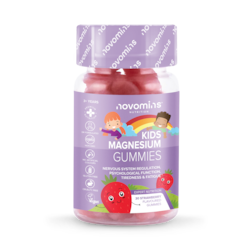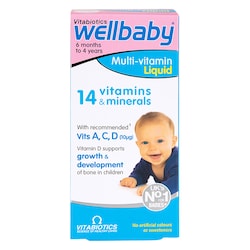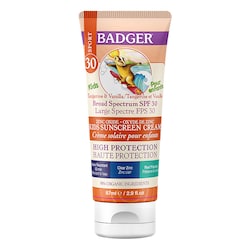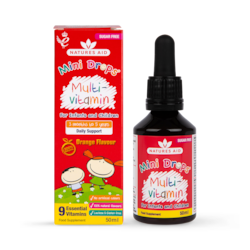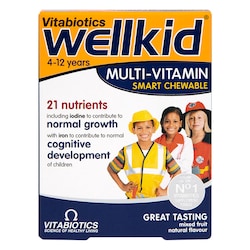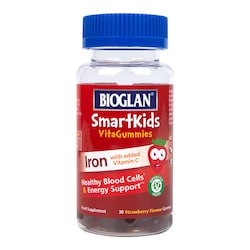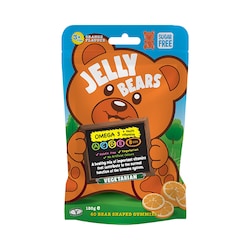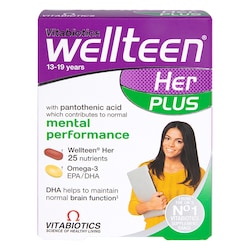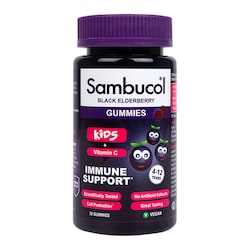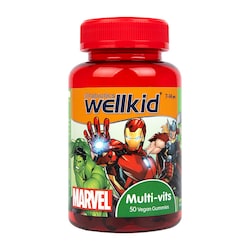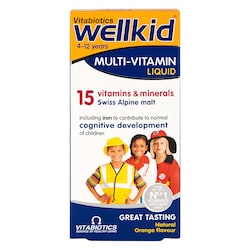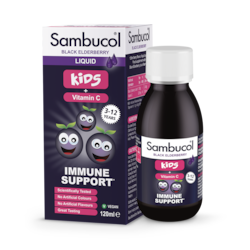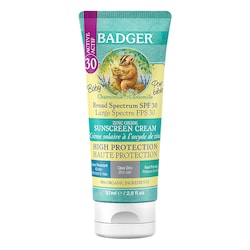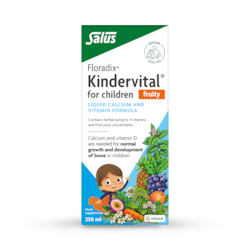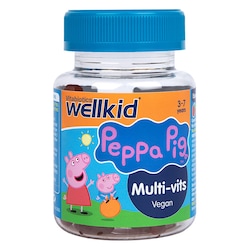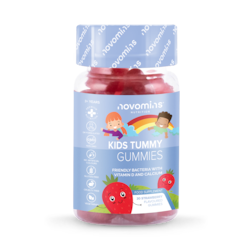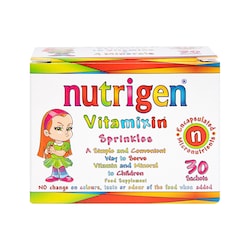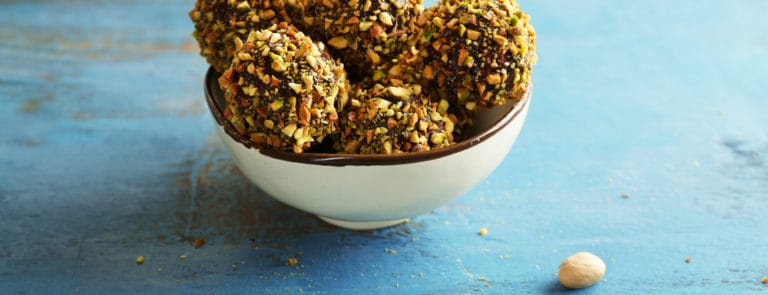15% off £25 OR 20% off £35
Iron deficiency in children

Low iron in children, or anaemia as its perhaps more generally known is a very common condition where red blood cells or the amount of haemoglobin in red blood cells is less than normal.1
What is iron deficiency anaemia?
Iron deficiency anaemia is a type of anaemia which is specifically caused by the lack of mineral iron in the body.
Reduced iron levels in the blood causes a reduced haemoglobin level. Haemoglobin is the protein molecule that carries oxygen from the lungs to the tissues in your body.
What causes iron deficiency anaemia?
Iron deficiency anaemia is known as the most common form of anaemia.
It is often caused in adults by loss of blood or pregnancy, although with children it is often to do with lack of iron in the diet.
Iron is present in many, which include:
- Red meat
- Fish
- Leafy green vegetables
Without enough of these in your diet, it may be possible that it can result in iron deficiency anaemia.
How much iron do children need?
Kid’s iron is stored in their body from babies, but a steady additional amount of iron is needed to help fuel a child’s growth and development.
Below is a table illustrating how much daily iron a child should have each day.
| Age group | Recommended amount of iron a day |
|---|---|
| 7-12 months | 11mg |
| 1-3 years | 7mg |
| 4-8 years | 10mg |
| -13 years | 8mg |
| 14-18 years (girls) | 15mg |
| 14 - 18 years (boys) | 11mg |
What are the symptoms of low iron in a child?
Some anaemic child symptoms do not show at all, however mild signs and symptoms can include:
- Pale skin
- Lethargy
- Breathlessness
- Poor appetite
- Lack of weight gain and growth
How is anaemia diagnosed?
Iron deficiency in toddlers and children is usually diagnosed using blood tests.
Doctors take a small sample of your infants’ blood and it to be tested.
This will investigate the number and type of blood cells present in the sample, which can then find out how much haemoglobin is contained in the red blood cells.
To provide more information, it could be that your child may need another test to see how much iron there is contained in their haemoglobin.
All of these tests provide the doctor with all the information required to know if anaemia is present and if so, how severe it is.
In some rare cases, a sample of bone marrow may be taken to see if red blood cells are forming as they should.
How can I raise my child's iron level?
If your child is found to be low in iron, the most likely course of action will be that the doctor prescribes a course of tablets or liquid that is to be taken by mouth.
Though, there are ways to increase the amount of iron in the diet as well as medication.
Food’s rich in iron that you can introduce to your child’s diet include:
- Meat
- Beans and lentils
- Eggs
- Fish
- Apricots, prunes and raisins
- Leafy green vegetables
- Oatmeal
- Tuna
Handpicked content: Best foods high in iron
It’s a good idea to try and avoid milk as the absorption of iron is reduced. However, giving your child fortified formula and/or cereal is a useful way of boosting iron intake.
If you have any further questions about how to improve your child’s iron intake, you should speak to your GP or healthcare professional.
Can I give my child iron supplements?
Obviously, we realise that if your child is vegetarian, vegan or following a plant-based diet, then the above list gets in the way slightly.
With this in mind, when your child’s iron level is very low, your doctor may prescribe an iron supplement.
If this is the case, you should be aware that this may cause constipation in some children.2
If taken to excess iron can be toxic to children. For this reason iron supplements must be stored out of the reach of children.
How long should kids take iron supplements?
As with the above, any supplements provided by your doctor will acted up with caution. Your doctor will prescribe supplements and dosage based upon your child’s requirements.
Do not exceed the recommended dosages as this can be toxic for your child.
Iron in multivitamins: What you need to know
If iron deficiency is not treated
Untreated iron deficiency anaemia may lead to more difficulty, this can include:
A lack of iron may affect the immune system, this can lead to more at risk of illness and infection.
May lead to further complications that affect the heart or lungs, although these are more severe cases that occur more often in adults.
Side effects of too much iron
Iron is best absorbed on an empty stomach, taking it this way commonly causes a feeling of sickness.
It’s usually best to take iron supplements with vitamin C as this helps with absorption.
If your young child has too much iron (iron overload), in severe cases they can develop haemoglobin disease such as:
- Sickle cell disease
- Thalassemia
- Neonatal hemochromatosis.
However, these are very rare cases.
A summary of iron deficiency in children
- Low iron in children, or anaemia as its better known is a very common condition where red blood cells or the amount of haemoglobin in red blood cells is less than normal
- Iron deficiency anaemia is a type of anaemia which is specifically caused by the lack of mineral iron in the body
- This can be overcome with a healthy, balanced diet which includes red meat, fish and leafy greens
- In some cases your child may be prescribed an iron supplement - it is imperative that you speak to your doctor to discuss dosage and other requirements before adding supplements to your child’s diet
Last updated: 11 August 2021


